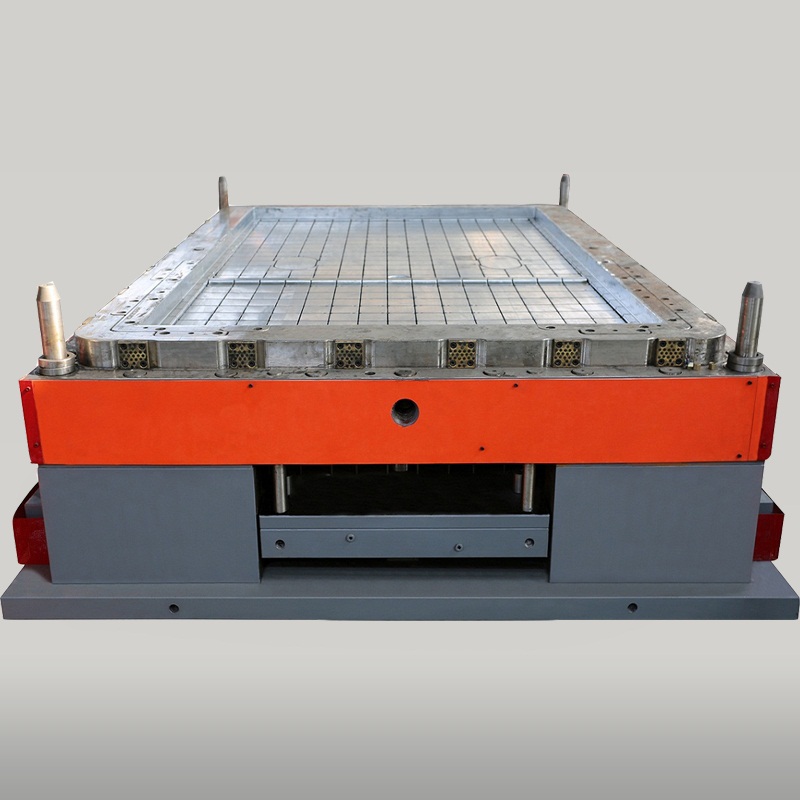Compliance Excellence: Ensuring Bathroom Chassis Moulds Meet Industry Standards
2023-11-13
Introduction:
In the intricate realm of bathroom manufacturing, where precision and quality are paramount, adherence to industry standards and regulations is non-negotiable. Chassis moulds, serving as the backbone of the manufacturing process, must meet rigorous criteria to ensure the production of high-quality and compliant bathroom components. In this blog, we unravel the strategies and practices employed to guarantee that bathroom chassis moulds align with industry standards and regulations.
1. In-Depth Understanding of Standards:
The foundation of compliance begins with a comprehensive understanding of the relevant industry standards and regulations. Manufacturers must stay abreast of evolving standards set by organizations such as the International Organization for Standardization (ISO), national regulatory bodies, and industry-specific associations. This knowledge serves as a guiding light in the design and manufacturing of bathroom chassis moulds.
2. Collaboration with Regulatory Authorities:
To ensure compliance, manufacturers often engage in collaborative efforts with regulatory authorities. This partnership allows for a direct line of communication, enabling manufacturers to seek guidance, clarification, and updates on standards. Engaging with regulatory authorities fosters a proactive approach to compliance, ensuring that bathroom chassis moulds meet or exceed established benchmarks.
3. Integration of Quality Management Systems:
Implementing robust quality management systems is a cornerstone of compliance. Adhering to frameworks such as ISO 9001 ensures that every phase of the chassis mould design and manufacturing process is governed by systematic quality control measures. This not only guarantees compliance with industry standards but also establishes a culture of continuous improvement within the manufacturing ecosystem.
4. Regular Audits and Inspections:
Scheduled and unscheduled audits and inspections play a pivotal role in ensuring compliance. Manufacturers conduct internal audits and inspections to evaluate processes, identify areas for improvement, and verify adherence to standards. Additionally, external audits by third-party organizations or regulatory bodies provide an unbiased assessment of compliance.
5. Documentation and Traceability:
Thorough documentation is a key aspect of compliance. Manufacturers meticulously document every aspect of the chassis mould design and manufacturing process, including materials used, production parameters, and quality control measures. This documentation not only serves as evidence of compliance but also facilitates traceability, enabling the tracking of components back to their origins.
6. Training and Skill Development:
The human element is critical in maintaining compliance. Manufacturers invest in training programs to ensure that personnel involved in chassis mould design and manufacturing are well-versed in industry standards and regulations. Continuous skill development programs empower the workforce to adapt to evolving compliance requirements.
7. Material Certification and Traceability:
The materials used in chassis moulds must comply with specific standards. Manufacturers ensure that materials are certified and traceable to reputable sources. Material compliance is not only vital for meeting industry standards but also for ensuring the safety, durability, and performance of the final products.
8. Environmental Compliance:
In an era of increasing environmental awareness, compliance extends beyond product quality to environmental considerations. Manufacturers ensure that chassis moulds and the associated manufacturing processes align with environmental regulations, promoting sustainability and responsible manufacturing practices.
9. Adherence to Safety Standards:
Safety standards are paramount, both for the manufacturing process and the end-users of bathroom components. Manufacturers incorporate safety features into chassis mould designs, ensuring that the entire production cycle aligns with safety standards. This commitment extends to the creation of components that meet or exceed safety regulations for consumer use.
10. Continuous Monitoring and Adaptation:
The landscape of industry standards is dynamic. Manufacturers implement continuous monitoring systems to stay informed about updates, revisions, and new regulations. This proactive approach allows for prompt adaptation to changing compliance requirements, ensuring that bathroom chassis moulds remain at the forefront of industry standards.
Conclusion:
Ensuring that bathroom chassis moulds comply with industry standards and regulations is a multifaceted commitment that intertwines knowledge, collaboration, documentation, and a culture of continuous improvement. By embracing these strategies, manufacturers not only meet the demands of regulatory bodies but also contribute to the creation of safe, high-quality, and environmentally responsible bathroom components that stand the test of scrutiny and time.



